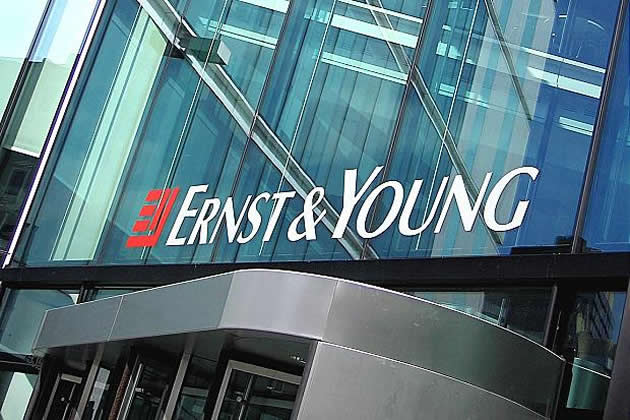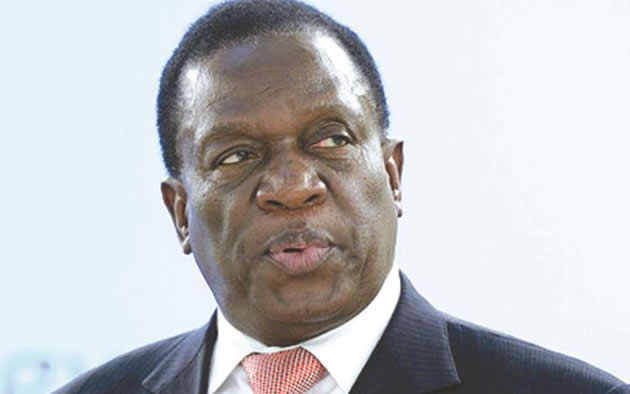Sub-Saharan Africa glows in FDI terms – Report

JOHANNESBURG. – Sub-Saharan Africa remains a fast-growing region in the world despite a relative slow down, multinational professional services firm Ernst & Young (EY) said yester- day.
This is reflected in the foreign direct investment (FDI) levels in 2015, where FDI project numbers increased by 7 percent, EY said in its 2016 Africa Attractiveness Programme, issued in Johannesburg. Although the capital value of projects was down year-on-year, from $88,5 billion in 2014 to $71,3 billion in 2015, this was still higher than the 2010-2014 average of $68 billion, the report said.
Similarly, jobs created were down year-on-year, but still ahead of the average for 2010-2014, the report showed. “Over the past year, global markets have experienced unprecedented volatility. We’ve witnessed the collapse of commodity prices and a number of currencies across Africa,” said Ajen Sita, Africa Chief Executive Officer at EY.
“And with reference to the two largest markets, starting with South Africa, we saw GDP growth decline sharply to below 1 percent and the country averting a credit ratings downgrade; in Nigeria, the slowdown in that economy was impacted further by the decline in the oil price and currency devaluation pressure,” Sita said.
The reality is that economic growth across the region is likely to remain slower in coming years than it has been over the past 10 to 15 years, and the main reasons for a relative slowdown are not unique to Africa, according to EY.
“In fact, Africa was one of the only two regions in the world in which there was growth in FDI project levels over the past year,” Sita said.
In 2015, East Africa recorded its highest share of FDI across Africa, achieving 26,3 percent of total projects. The West Africa region saw a rebound in FDI projects by 16,2 percent, and in 2015, the region became the leading recipient of capital investment on the continent, outpacing Southern Africa.
“In a context of heightened concerns about economic and political risk across the continent, FDI flows remain robust, and in line with levels we have seen over the past five years. A key factor here is the structural shift in FDI, from a high concentration of source countries and destination markets and sectors, to a far more diverse FDI landscape,” said Michael Lalor, EY’s Africa Business Centre Leader.
“As a result, risks and opportunities are being spread much wider, and there is no longer an overdependence on a limited group of investors or sectors to drive FDI performance,” Lalor said.
In 2015, further evidence of sector diversification came through, with business services, automotive, cleantech and life sciences all rising in significance and becoming the likely “next wave” for investors, according to the report.
The US retained its position in 2015, as the largest investor in the continent, with 96 investment projects valued at $6,9 billion. During 2015, traditional investors such as the UK and France, as well as the UAE and India, also showed renewed interest in Africa. – Xinhua.









Comments